Black Community Building Collective: Rainier Beach Action Coalition
The Black Community Building Collective is a coalition of Black-led organizations brought together by United Way of King County to build relationships, form strategies that impact the Black community and to fund those strategies using participatory grantmaking, an approach that cedes decision-making power for funding to communities impacted by funding decisions. The Collective launched in 2020 to invest $1.5 million in local, Black-led organizations. The Collective comprises 15 Black-led nonprofit organizations—who know their communities best—that determine how funding is directed to support equitable recovery and long-term viability of King County’s Black community. We are currently investing an additional $1.5 million this year, and we anticipate additional funding in later years.
Each month, United Way will profile a Collective member. This month, we’re spotlighting the Rainier Beach Action Coalition (RBAC), an alliance of residents, organizations, institutions, and individuals sharing knowledge about and advocating for the South Seattle neighborhood. RBAC’s managing strategist is Gregory Davis, a Compton, CA resident who came to the Pacific Northwest in the late seventies to attend Seattle University, quickly embraced the city and now fights to empower its communities to take action to ensure policy and systems change.
United Way: Describe your growing up and what led you here.
Gregory Davis: I grew up in Compton [CA] in the 1960s and 1970s. The Watts Riots. Goodyear and Firestone pulled out of the neighborhood. Gang activity started. I’d seen too many of my associates impacted, and I always have to make a point that I grew up in a great family. My father worked in the energy industry, the Southern California Gas Company. He channeled me into sports early on and, with that kind of environment when you are involved in sports, you kind of get a pass from the brothers, so I didn’t get caught up in [the gang activity].
I went to a little high school called Verbum Dei, and in my senior year we were the number one ranked team in the nation, in 1978. Our school was on a recruitment tour for Seattle University, because we had a brother on our team named Emile Wilson who went to Seattle U and went on to be a Rhodes Scholar. Ever since then they started coming [to recruit at Verbum Dei]. That’s how I got to Seattle. I met my wife at Seattle U and settled here. And after graduation I got into nonprofit work.
United Way: What are some of the origins of RBAC and its work?
Gregory Davis: During the Norm Rice administration, he wanted neighborhoods to create their own plans. At the Central Area I got involved in the neighborhood planning and urban planning work there, and I eventually became chair of the Central Area neighborhood plan from 1994-1997. When I moved to Urban Impact Seattle as executive director there, I started looking at the Rainier Beach neighborhood. We started an organization called the Rainier Beach Community Empowerment Coalition. We surveyed the residents an the students. We wanted to find out: “Students, do you all feel connected to schools?” “Residents, do you all feel connected to the community?” The answers were marginal. We started a Back2School Bash, providing back packs to students and resources to families. This will be our 19th year of doing it; it’s on August 20. And we started doing town halls. [Rainier Beach Action Coalition (RBAC) formed as a merger between Rainier Beach Community Empowerment Coalition (RBCEC) and Rainier Beach Moving Forward (RBMF)]
United Way: Much of RBAC’s work involves policy and systems change. Can you please elaborate on that?
Gregory Davis: When you address [people’s] needs, that’s one thing. But we always have to be about some policy formation, about some systems change. As much as we do direct service, that’s not really our focus. Our focus is convening, collaborating and problem solving. The direct services and programs are ways to engage the community to be able to build systems change and policy change work.
The direct services and programs are ways to engage the community to be able to build systems change and policy change work.
Gregory Davis, managing strategist, Rainier Beach Action Coalition
United Way: Please give an example of getting the community involved in systems change work.
Gregory Davis: One example is the Rainier Beach Community Center. When it was being demolished and rebuilt in 2010, there was nobody from the neighborhood on that $14 million construction project. We started organizing with Got Green, Puget Sound Sage, a lot of other groups and we got an ordination in the city of Seattle called Priority Hire. Any underinvested neighborhoods or underinvested zip codes, any city of Seattle capital project must have 25 percent of the workforce from those underinvested neighborhoods.
United Way: Please give an example of RBAC systems and policy change that centered youth.
Gregory Davis: We had young people looking at transportation policy because they found out that in order to get a free ORCA card you needed to live two miles from the school. We said, “Who wrote that policy?” We started organizing with Washington Building Leaders of Change and they did a march from the school district to City Hall, which is two miles.
Because of that, City Council gave $1 million toward the ORCA card purchases. When the new mayor came in, they put it in city policy where any high school student in the city of Seattle can get free transportation. Now, there is a push for resources so it can go down to middle school students. And there is push [in the Washington State Legislature to ensure] that any high school student in the state can get free transportation. That started out here in little Rainier Beach, just trying to get some young people involved in non-traditional areas, doing advocacy work.
United Way: What are the topics of discussion at town halls?
Gregory Davis: There are various topics, including community safety, food justice, open spaces and community development.
United Way: Who attends the town halls?
Gregory Davis: The businesses in proximity to development [projects]. Residents that respond to our mailers. We have young people there, and ultimately, we do have seniors there, because they see these projects going up and it’s changing the property values. They’re on fixed incomes, and they want to come and find out what’s causing the changes and who the people are. Because we five schools in the neighborhood, we do a lot of outreach to educators and parents. It’s an opportunity for them to have a voice and that was the basis of starting them in the first place, because [when RBAC began] folks didn’t feel connected to the neighborhood.
United Way: When is your next town hall?
Gregory Davis: On June 30 at RBAC. There are 15 real estate development housing projects coming up in the neighborhood over the next two-to-three years, so we are inviting all of the developers. We are trying to get the neighbors in front of them—and get them in front of our neighbors.
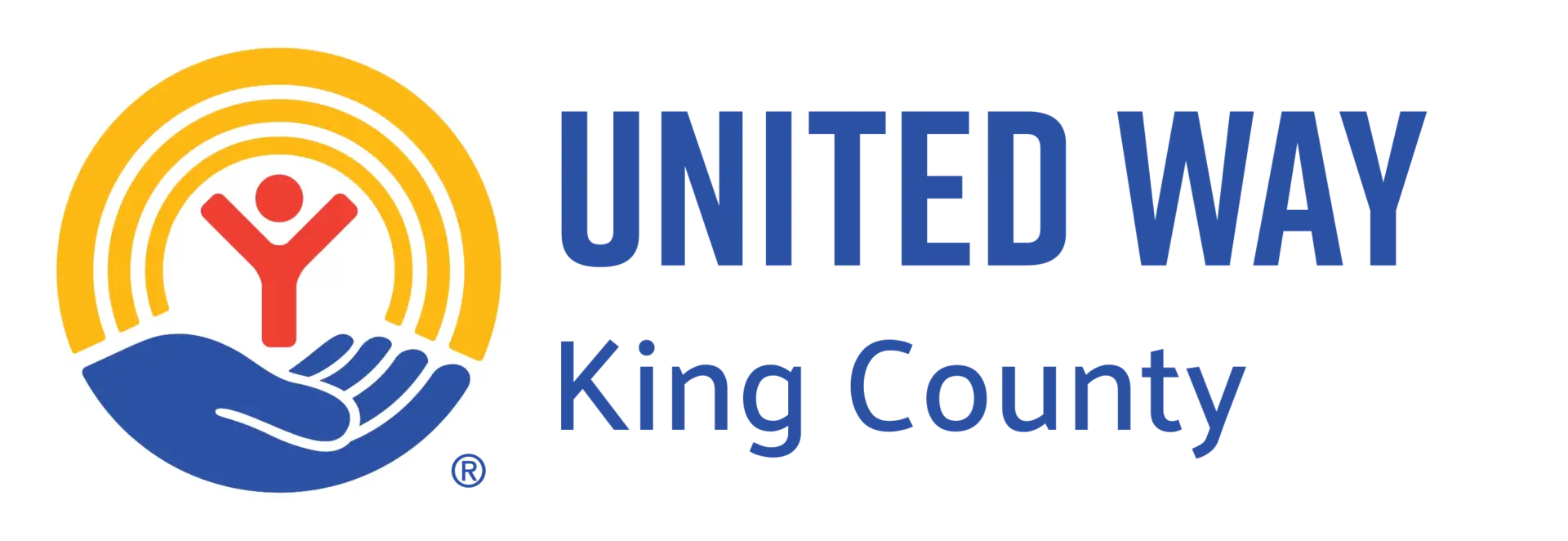
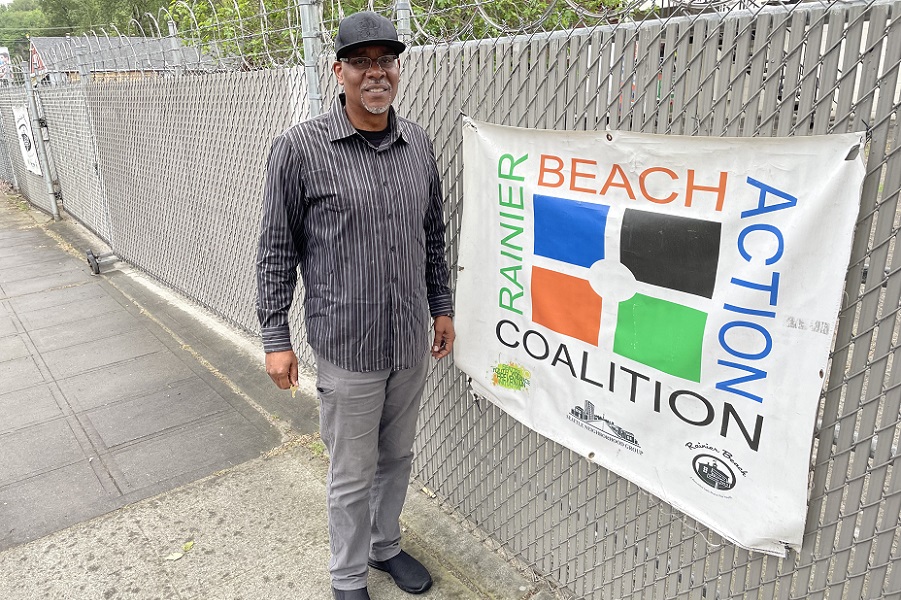
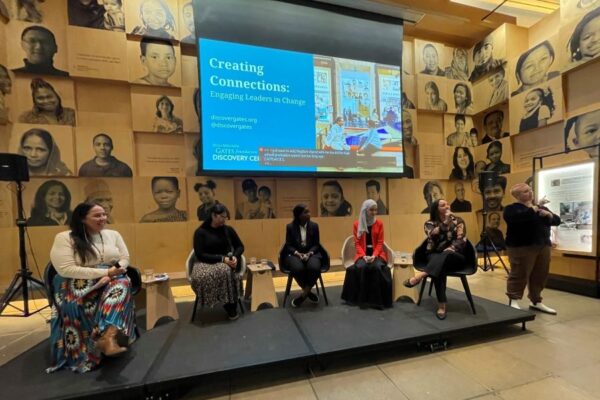
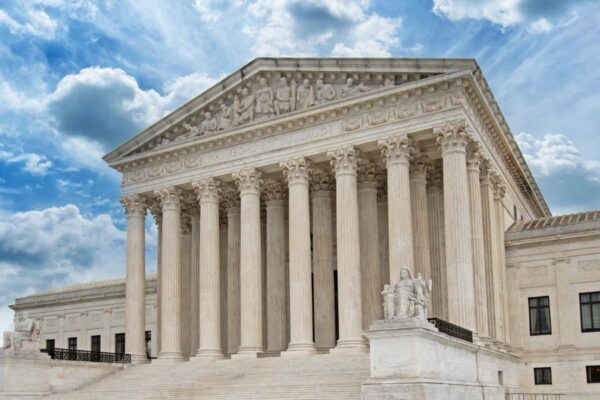
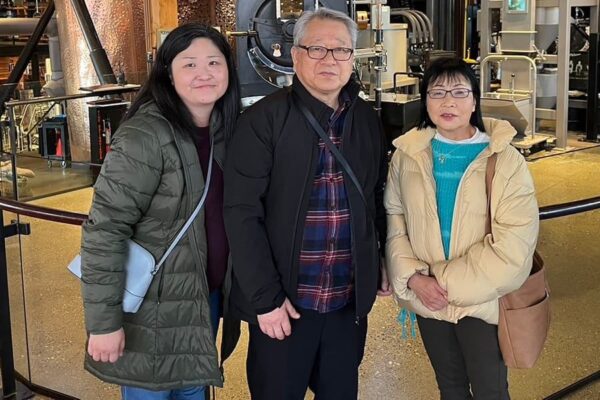
Comments